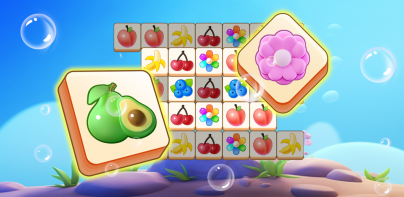


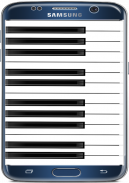
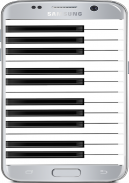
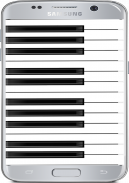
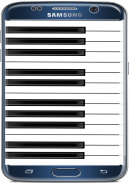
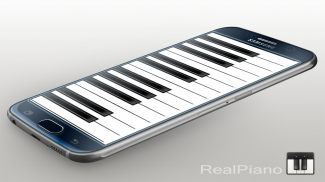
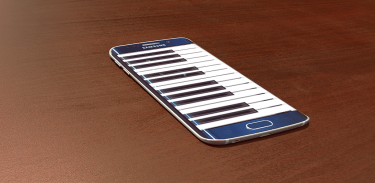
Real Piano

คำอธิบายของReal Piano
The piano is an acoustic, stringed musical instrument invented around the year 1700, in which the strings are struck by hammers. It is played using a keyboard, which is a row of keys that the performer presses down or strikes with the fingers and thumbs of both hands to cause the hammers to strike the strings. The word piano is a shortened form of pianoforte, the Italian term for the early 1700s versions of the instrument, which in turn derives from gravicembalo col piano and forte piano. The Italian musical terms piano and forte indicate "soft" and "loud" respectively, in this context referring to the variations in volume produced in response to a pianist's touch or pressure on the keys: the greater the velocity of a key press, the greater the force of the hammer hitting the strings, and the louder the sound of the note produced and the stronger the attack. The first fortepianos in the 1700s had a quieter sound and smaller dynamic range.
เปียโนเป็นอะคูสติกซึงคิดค้นรอบปี 1700 ซึ่งในสตริงจะถูกตีด้วยค้อน มันเล่นใช้แป้นพิมพ์ซึ่งเป็นแถวของคีย์ที่แสดงกดลงหรือการนัดหยุดงานด้วยนิ้วมือและนิ้วหัวแม่มือของมือทั้งสองที่จะทำให้เกิดค้อนจะตีสตริง เปียโนคำเป็นรูปแบบสั้นเปียโนระยะอิตาเลี่ยนสำหรับ 1700s ต้นรุ่นของตราสารซึ่งในทางกลับมาจากเปียโน gravicembalo เทือกเขาและเปียโนมือขวา อิตาลีแง่ดนตรีเปียโนและมือขวาบ่งบอกถึง "อ่อน" และ "ดัง" ตามลำดับในบริบทนี้หมายถึงการเปลี่ยนแปลงในปริมาณการผลิตในการตอบสนองต่อการสัมผัสของนักเปียโนหรือความดันในคีย์: มากขึ้นความเร็วของการกดปุ่มที่มากขึ้น แรงค้อนตีสตริงและเสียงของโน้ตที่ผลิตและดังแข็งแกร่งโจมตี fortepianos ครั้งแรกในยุค 1700 ได้เสียงที่เงียบสงบและช่วงแบบไดนามิกที่มีขนาดเล็ก




